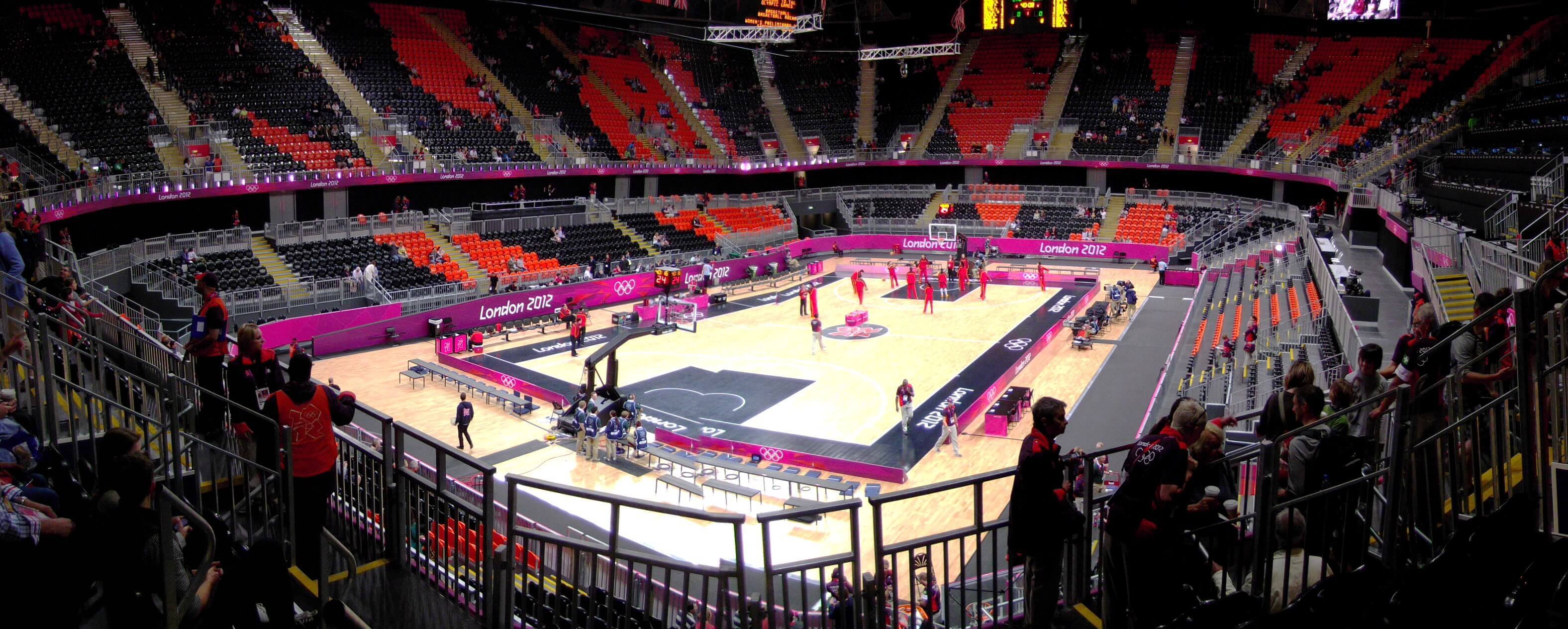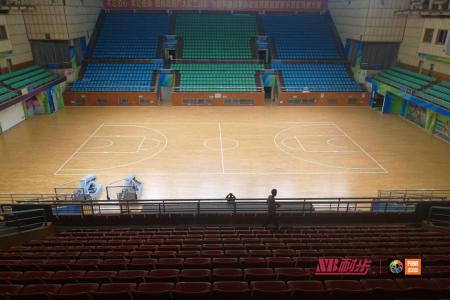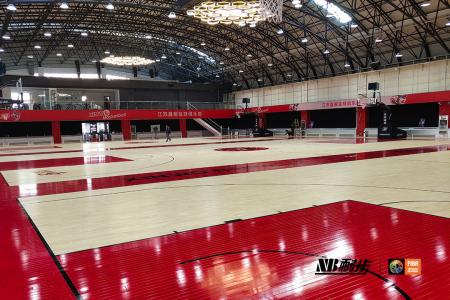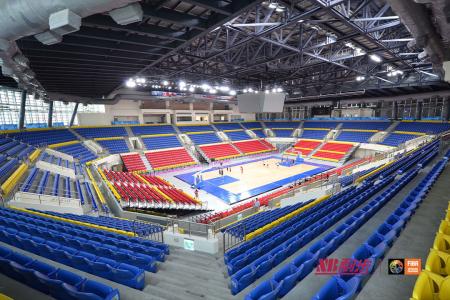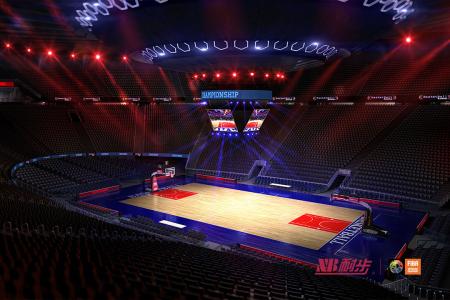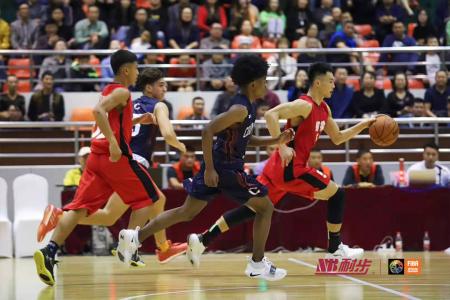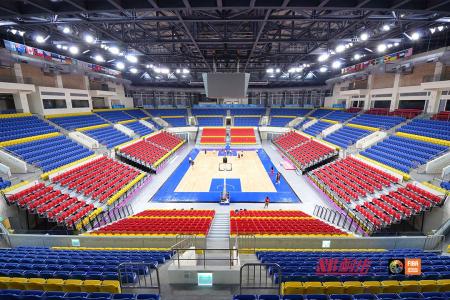Current status of Chinese stadiums
According to the fifth national census of sports venues, there are 810,000 sports venues in the country; the total investment in sports venues since the founding of New China is about 2 trillion yuan. In terms of the investment structure of sports venues nationwide, nearly 90% are financed and constructed by governments at all levels. In the past ten years, the average annual growth rate of the number of sports venues in China has reached 4.1%. According to statistics, as of October 2010, there were 850,000 sports venues nationwide, of which more than 600,000 were in schools. These stadiums have played a huge role in the vigorous development of my country's sports construction industry, but at the same time, huge investments have formed a great asset precipitation. and personnel expenses to invest a lot of money. According to the census of venues, more than 90% of the assets of sports venues in my country are idle and loss-making. High investment, high vacancy rates and huge maintenance costs make the post-game operation of a stadium a very difficult problem.
The reasons and conditions for the open operation of university sports venues to the society
1. **The demand for the opening of university sports venues to the society
The Central Committee of the Communist Party of China's "Notice on Further Development of Sports" proposes that "sports venues must improve management, improve utilization efficiency, pay attention to economic benefits, and actively create conditions to implement diversified operations." The "Eleventh Five-Year Plan" proposes to "prevent blind duplication of construction and waste of resources" and "vigorously develop circular economy and build a resource-saving society". This fully shows that the utilization and revitalization of existing sports resources and tapping their potential are the highest demand for the open operation of university sports venues to the society.
2. The society's demand for the open operation of university sports venues to the society
In China in the 21st century, with the increase of residents' income, people's requirements for the quality of life are gradually improving. The establishment of new concepts and ideas such as "health*", "lifelong sports", "money to buy health" and "life lies in sports" requires the establishment of new concepts and ideas. Bringing sports, which can promote the overall development of people's physical and mental development, into people's lives, integrates them into people's lives, and becomes the content and necessity of life. Therefore, the sports lifestyle has emerged as the times require and has become an inevitable choice for people to adapt to social development. Due to the lack of sports venues and facilities, the main venues for sports activities of Chinese residents are: informal sports venues such as home yards, roads and streets, and residential open spaces, followed by sports facilities and public venues owned by units. This can not meet the needs of society for sports in terms of quantity and quality, and the rich resources of university sports venues can just meet the needsResidents' demand for major venues for physical activity.
3. The university's own demand for the open operation of sports venues to the society
The main body of investment in university sports venues is schools, with large investment, high maintenance, overhaul and management costs, resulting in huge financial expenditures; lack of market operation mechanisms, resulting in general idleness and losses. At the same time, the current social sports development needs sports facilities and sports guidance. Sports facilities are the basis for social participation in sports. Sports guidance can enable people to master sports methods and strategies in a systematic and scientific way, and various universities are undoubtedly unique in this regard. The advantages. In addition to the morning and afternoon physical education classes and the training of sports teams, the university sports venues have abundant human resources and time resources in the morning, evening and weekends, as well as winter and summer vacations, and are open to the society for operation. Undoubtedly, the university itself has a strong demand for the open operation of sports venues to the society.


